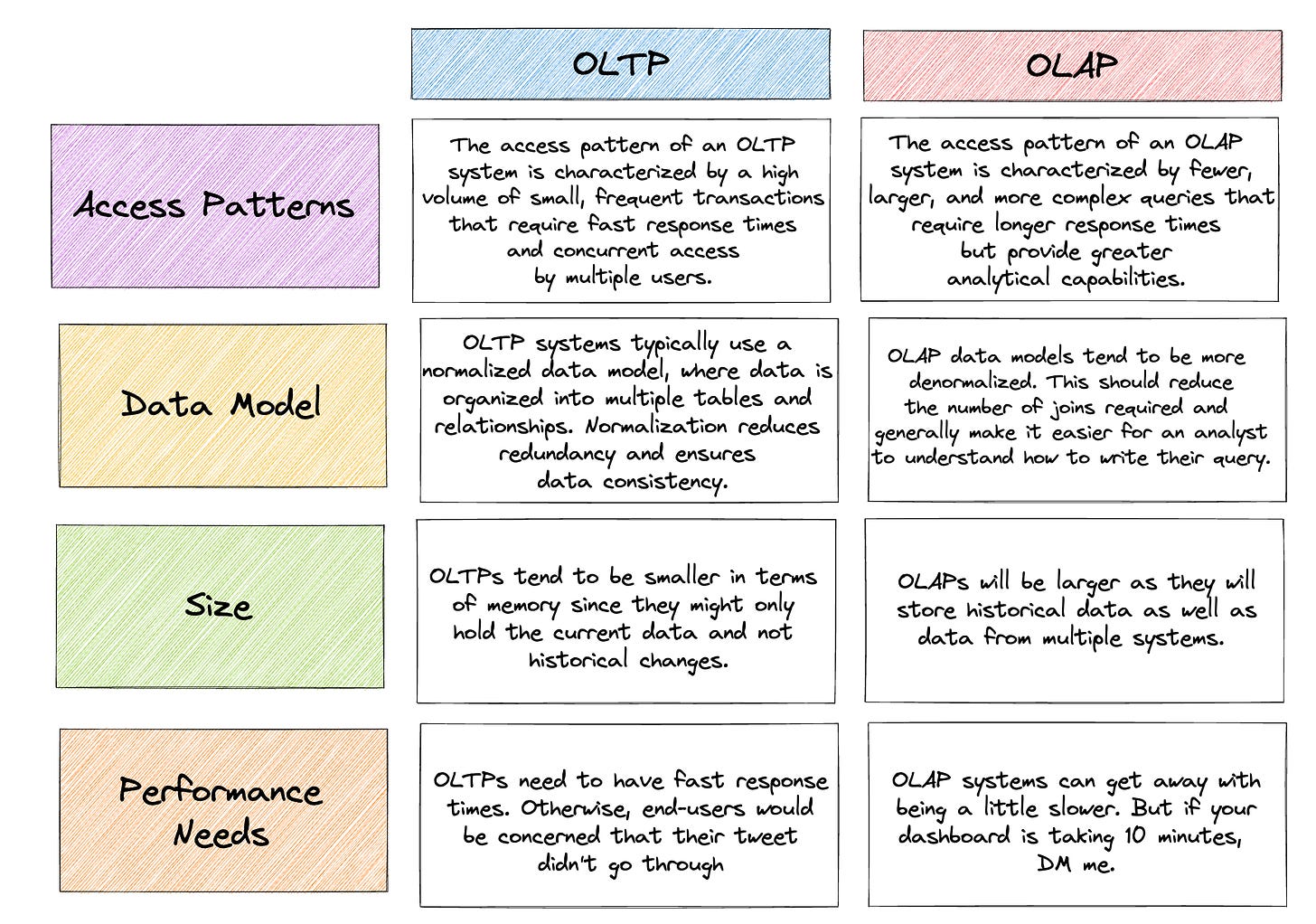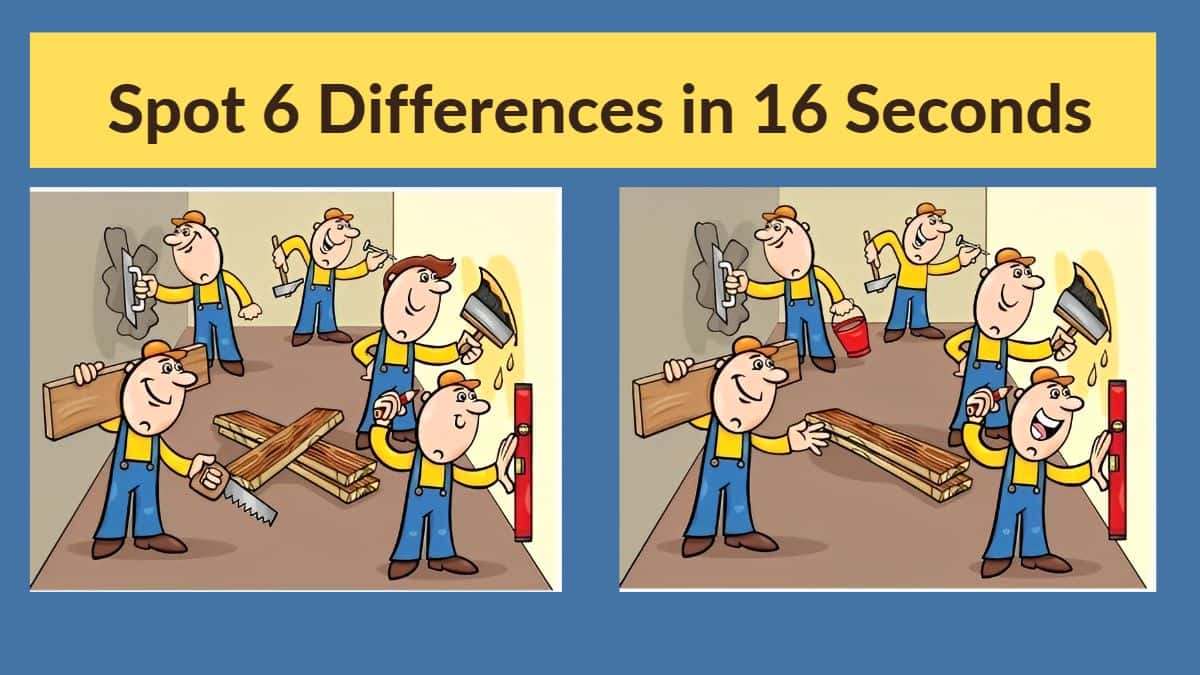Difference Between Is 1161 & Is 1239

Urgent concerns are mounting within the steel industry regarding critical discrepancies between IS 1161 and IS 1239, two Indian Standards specifying requirements for steel tubes. These differences pose immediate risks to structural integrity and project safety across various sectors.
The inconsistencies, primarily concerning material composition, testing protocols, and dimensional tolerances, could lead to the selection of inappropriate materials for critical applications. This elevates the potential for premature failures and compromised structural stability in infrastructure projects nationwide.
Key Discrepancies
IS 1161, titled "Steel Tubes for Structural Purposes," outlines specifications for tubes designed to withstand structural loads. IS 1239, on the other hand, "Steel Tubes, Tubulars and Other Wrought Steel Fittings," primarily addresses tubes for water, gas, and sanitation applications.
Crucially, the chemical composition requirements differ significantly.
IS 1161 demands stricter control over carbon and manganese content to ensure weldability and strength for structural applications.
IS 1239 permits a wider range, prioritizing cost-effectiveness for fluid conveyance.
Testing methodologies also diverge substantially. IS 1161 mandates rigorous mechanical testing, including tensile strength, yield strength, and elongation tests, to validate structural performance. While IS 1239 includes pressure testing, its mechanical testing requirements are less stringent, focusing on leak-proofness rather than structural integrity.
Dimensional tolerances, another point of contention, differ between the two standards. IS 1161 generally calls for tighter tolerances, essential for precise fit-up and load transfer in structural connections. IS 1239 allows for more lenient variations, acceptable for fluid handling but potentially problematic in structural assemblies.
Impact and Concerns
The misapplication of IS 1239 tubes in structural projects designed for IS 1161 poses a grave threat. Such substitutions, driven by cost-cutting measures or lack of awareness, can compromise the load-bearing capacity of structures. Ultimately, this raises the risk of collapses, and jeopardize public safety.
Stakeholders across the construction, engineering, and manufacturing sectors are voicing concerns. Industry experts are calling for immediate clarification and stricter enforcement to prevent the dangerous interchangeability of these two distinct standards.
"The ambiguity surrounding these standards is unacceptable," stated a senior engineer at a leading construction firm, who requested anonymity. "We need clear guidelines and mandatory compliance checks to ensure projects adhere to the correct specifications."
Moving Forward
The Bureau of Indian Standards (BIS) is reportedly reviewing the concerns raised by industry stakeholders. It is expected to issue a clarification bulletin to delineate the specific applications for each standard and emphasize the risks associated with their misuse.
Furthermore, calls are growing for enhanced surveillance and enforcement by regulatory bodies. Stricter penalties for non-compliance and increased awareness campaigns are deemed essential to mitigate the dangers of substituting IS 1239 tubes for IS 1161 in structural applications.
Ongoing discussions are also exploring the potential for developing a more comprehensive standard that addresses the specific needs of both structural and fluid-conveyance applications. Such a consolidated standard could minimize confusion and enhance clarity within the industry.


















